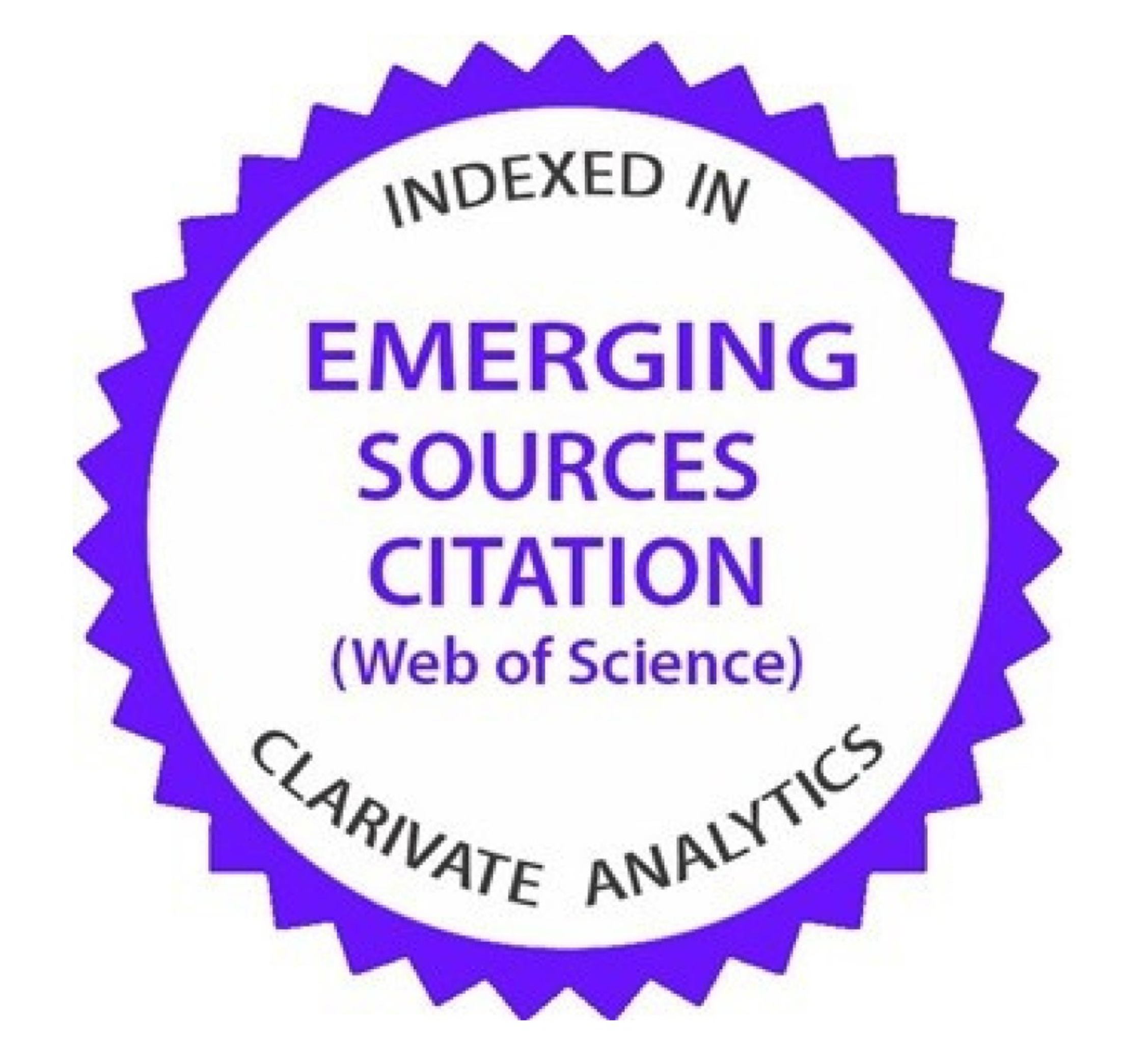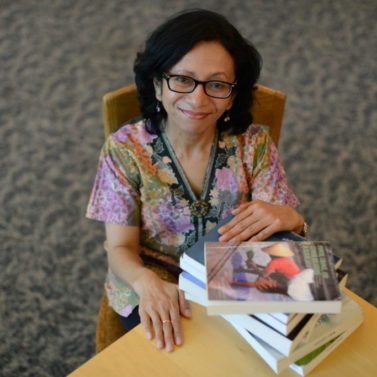Trafficking of women and girls in the District of Seke: Lessons from the Zimbabwe's Second Republic
Downloads
The study explores the phenomenon of human trafficking in Zimbabwe's second republic under President Emerson Mnangagwa. Using conflict theory, the study argues that the discourse of human trafficking in Zimbabwe is a complex phenomenon that has led to women's and girls' vulnerability in the Seke District. Primary data gathered from five female core informants who have been the direct victims of human trafficking and three significant others who were the parents and guardians of human trafficking victims. The snowball sampling technique was employed to obtain the female core informants for the in-depth interviews. The study also benefitted from secondary sources such as journal articles, online newspapers, government, and international UN, ILO, UNESCO, and UNICEF reports. The results of this study show that eco-socio and political ills such as a high rate of unemployment, a shortage of essential goods, cash, corruption, electricity, gender inequality, poverty, power relations and the continuous harassment by the security forces such as the police and the army have escalated the vulnerability of women to human trafficking in Zimbabwe. Since Zimbabwe's eco-political situation is a powerful determinant of both the continuation and abandonment of the human trafficking social phenomena, this study recommends that the present government solve the grassroots causes of the phenomena. With enforcement at the grassroots level and regional and international initiatives, human trafficking can be combated.
Bhattacherjee A (2012) Social science research: Principles, methods, and practices. Textbooks Collection 3, University of South Florida.
Burke J (2019) Zimbabwe crackdown could last month activist fear, The Guardian, 27 January. [Accessed 14 August 2019]. https://www.theguardian.com/world/2019/jan/27/zimbabwe-crackdown-will-continue-for-forseeable-future-activists-fear.
Capron AM & Delmonico FL (2015) Preventing trafficking in organs for transplantation: An important facet of the fight against human trafficking. Journal of Human Trafficking 1 (1):56-64. https://doi.org/10.1080/23322705.2015.1011491.
Chamie J (2015) Human Trafficking: A Serious Challenge to Humanity. In: Karen MR (ed). Great Decisions. New York: Foreign Policy Association.
Chibwe L (2016) An appraisal of legislation and policy on human trafficking in Zimbabwe. Dissertation, Midlands State University, Zimbabwe.
Chimininge V (2019) ‘The voice of the people is the voice of god.' a critical reflection on the use of god in promoting political legitimacy in the new dispensation in Zimbabwe. Journal of Politics and Religion 32 (2):37-59.
Davy D (2015) Understanding the support needs of human-trafficking victims: A review of three human-trafficking program evaluations. Journal of Human Trafficking 1 (4):318-337. https://doi.org/10.1080/23322705.2015.1090865.
Dodo O & Dodo G (2012) Human trafficking in Zimbabwe: An impediment to national development. International Journal of Humanities and Social Science 2 (7):146-150.
Dubrawski A, Miller K, Barnes M, Boecking B, & Kennedy E (2015) Leveraging publicly available data to discern patterns of human-trafficking activity. Journal of Human Trafficking 1 (1):65-85. https://doi.org/10.1080/23322705.2015.1015342.
Dzirutwe M (2019) Zimbabwe runs out of passports, adding to long list of shortages, Reuters, 3 July. [Accessed 20 August 2020]. https://www.reuters.com/article/us-zimbabwe-economy/zimbabwe-runs-out-of-passports-adding-to-long-list-of-shortages-idUSKCN1TY1DG.
Gow AG, Barlott T, Quinn K, Linder J, Soler A, Edwards G, & Hossain S (2015) Project backpage: Using text messaging to initiate outreach support for victims of human trafficking and sexual exploitation. Journal of Human Trafficking 1 (4):259-274. https://doi.org/10.1080/23322705.2015.1016769.
Hopper EK (2016) Trauma-Informed psychological assessment of human trafficking survivors. Women and Therapy 40 (1-2):12-30. https://doi.org/10.1080/02703149.2016.1205905.
Jones TR & Lutze FE (2016) Anti-Human trafficking interagency collaboration in the State of Michigan: An exploratory study. Journal of Human Trafficking 2 (2):156-174. https://doi.org/10.1080/23322705.2015.1075342.
Kumar R (2011) Research Methodology a Step-by-step Guide for Beginners. London: Sage.
Kurima P (2017) The pattern of human trafficking: Comparative case studies of Zimbabwe and the Greater Mekong Sub-region. In: Salaya Conference on Irregular Migrants, Refugees or Victims of Human-Trafficking? Analysis, Advocacy and Assistance between Categorizations and (Self) Identifications, 17 Juni, Bangkok.
Masika R (2002) Gender, Trafficking, and Slavery. Oxford: Oxfam Focus on Gender.
Molland S (2010) "The perfect business”: Human trafficking and Lao-Thai cross-border migration. Development and Change 41 (5). https://doi.org/10.1111/j.1467-7660.2010.01665.x.
Molland S (2019) What happened to sex trafficking? The new moral panic of men, boys and fish in the Mekong Region. Journal of Social Issues in Southeast Asia 34 (2):397-424.
Netsianda M (2019) SA police raid notorious brothels: Zimbabwean sex slaves freed, Chronicle, 28 October. [Accessed 1 December 2019]. https://www.chronicle.co.zw/sa-police-raid-notorious-brothels-zimbabwean-sex-slaves-freed/.
Omilusi M (2019) A researcher's visit to Italy: Human trafficking and the Nigerian-Sicilian mafias. African Sociological Review / Revue Africaine de Sociologie 23 (1):110-122.
Osezua CO (2016) Gender issues in human trafficking in Edo State, Nigeria. African Sociological Review / Revue Africaine de Sociologie 20 (1):36-66.
Peksen D, Blanton SL, & Blanton RG (2017) Neoliberal policies and human trafficking for labor: Free markets, unfree workers? Political Research Quarterly 70 (3):673-686. https://doi.org/10.1177/1065912917710339.
Pourmokhtari N (2015) Global human trafficking unmasked: A feminist rights-based approach. Journal of Human Trafficking 1 (2):156-166. https://doi.org/10.1080/23322705.2014.1000078.
Rossel J (2013) Conflict theory. Oxford Bibliographies. https://doi.org/10.1093/OBO/97801997 56384-0035.
Seo-Young C (2015) Evaluating policies against human trafficking worldwide: An overview and review of the 3P index. Journal of Human Trafficking 1 (1):86-99. https://doi.org/10.1080/23322705.2015.1014660.
Turner I (2015) Human rights, positive obligations, and measures to prevent human trafficking in the United Kingdom. Journal of Human Trafficking 1 (4):296-317. https://doi.org/10.1080/23322705.2015.1034612.
Walliman N (2010) Research Methods: The Basics. London: Routledge.
Weiss MS (2015) Human trafficking and forced labor: A Primer. American Bar Association Journal of Labor & Employment Law 31 (1):1-52.
Zengenene M & Susanti E (2019) Violence against women and girls in Harare Zimbabwe. Journal of international Women's studies 20 (9):83-93.
Copyright of this journal is possession of Editorial Board and Journal Manager, by the knowledge of the author, while the moral right of the publication belongs to the author.
The formal legal aspect of journal publication accessibility refers to Creative Commons Attribution-NonCommercial-ShareAlike (CC BY-NC-SA), implies that publication can be used for non-commercial purposes in its original form (cannot be modified).
Every publication (printed/electronic) are open access for educational purposes, research, and library. Other than the aims mentioned above, the editorial board is not responsible for copyright violation.
















